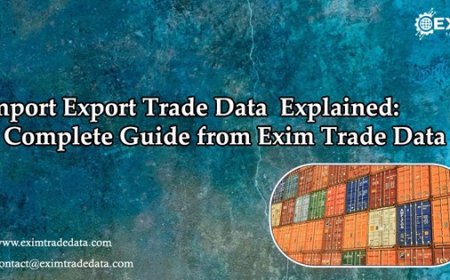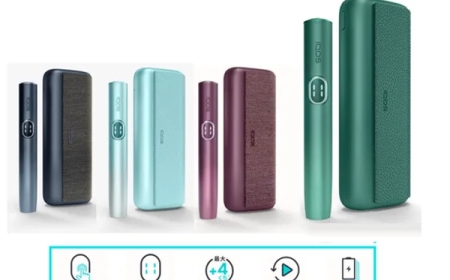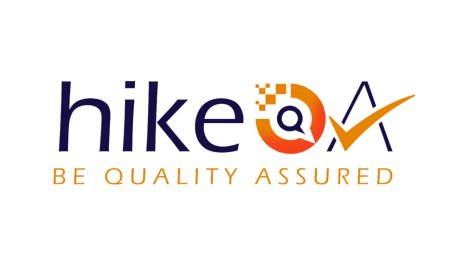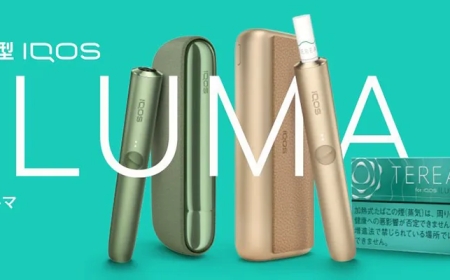Coalition Loyalty Program: Partnered Rewards That Retain
As a result, coalition loyalty programs are gaining traction across various sectors—from retail and hospitality to travel and financial services.
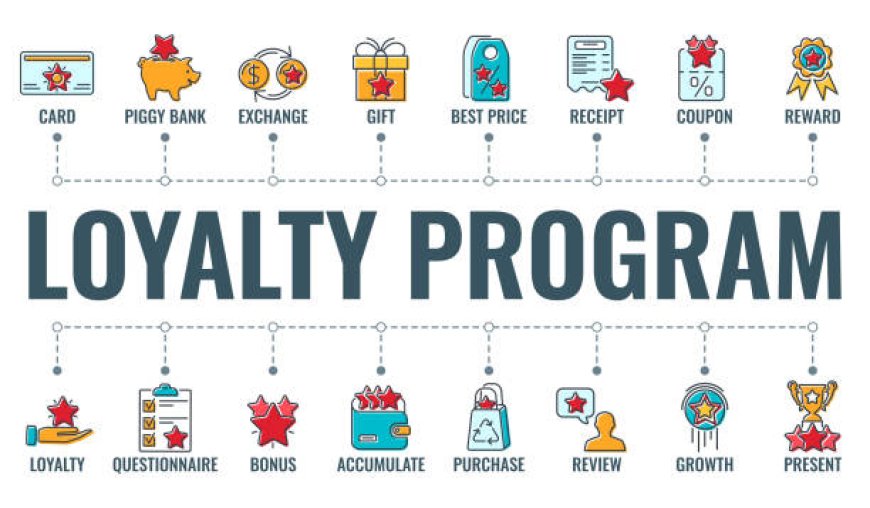
In a rapidly evolving retail and service landscape, businesses are exploring innovative ways to build customer loyalty, retain market share, and drive repeat engagement. One of the most impactful strategies that has emerged in recent years is the coalition loyalty program. Unlike traditional loyalty schemes run by a single brand, coalition loyalty programs bring together multiple businesses under one umbrella, allowing customers to earn and redeem rewards across a network of participating partners.
These programs provide enhanced value to customers while expanding reach and visibility for participating brands. As a result, coalition loyalty programs are gaining traction across various sectorsfrom retail and hospitality to travel and financial services.
What Is a Coalition Loyalty Program?
A coalition loyalty program is a partnership-based loyalty system where multiple, non-competing brands collaborate to offer shared customer rewards. Customers can accumulate loyalty points or credits through purchases made at any of the participating businesses and redeem them across the same network.
A classic example of this model is the successful Payback program in India, where consumers earn points on shopping, dining, and fuel across different partner companies, including major retailers, gas stations, and online platforms. These points can then be used for discounts, products, or services across the network.
Why Coalition Loyalty Programs Work
Coalition loyalty programs offer a win-win scenario for all involvedcustomers, participating businesses, and the program provider. Here's how:
For Customers:
-
Increased Value: Earn rewards faster by engaging with multiple brands.
-
More Choices: Flexibility in redeeming points across different industries.
-
Seamless Experience: One account, many opportunities to save.
For Businesses:
-
Expanded Reach: Access to a shared customer base across partner networks.
-
Shared Costs: Marketing, rewards, and technology investments are divided among participating partners.
-
Enhanced Data Insights: Shared customer behavior data offers deeper insights into purchasing patterns and preferences.
Key Components of a Successful Coalition Loyalty Program
For a coalition loyalty program to thrive, certain essential components must be in place:
1. Strong Partnerships
The core strength of a coalition program lies in its partner network. The partners must be non-competing but complementary, offering value across a customer's lifestyle. For example, a coalition could include a grocery chain, a fuel provider, a telecom company, and a retail store.
2. Centralized Technology Platform
A robust backend system is required to manage customer profiles, track point accrual and redemption, process data analytics, and handle secure transactions across partners.
3. Unified Reward System
A standardized system where all points carry the same value regardless of where they are earned or redeemed ensures fairness and transparency for users.
4. Omnichannel Integration
The program should be accessible across in-store, web, and mobile platforms, offering customers the flexibility to engage and redeem anytime, anywhere.
5. Effective Communication
Consistent branding and regular updates help customers stay informed about offers, partner additions, and reward options. Personalized communication also plays a crucial role in keeping members engaged.
Benefits of Implementing a Coalition Loyalty Program
Coalition loyalty programs offer unique advantages not typically found in standalone systems:
-
Rapid Customer Acquisition: New customers can discover a brand through its association with more established partners.
-
Increased Engagement: Customers remain engaged longer when they see faster point accumulation and more redemption options.
-
Cost Efficiency: Shared operations and infrastructure lead to lower costs per brand.
-
Cross-Sell Opportunities: Brands can benefit from customer overlap and drive sales through partner promotions.
Incorporating coalition loyalty into your strategy can help create Effective Loyalty Programs that span across industries and deepen customer relationships through mutual benefits.
Examples of Coalition Loyalty Programs
1. Payback (India)
Indias leading coalition program, Payback, includes partners like Big Bazaar, HPCL, ICICI Bank, and Amazon. Customers can earn points across categories and redeem them for vouchers or merchandise.
2. AIRMILES (Canada)
A widely recognized program where members collect miles from different partner retailers and redeem them for travel, electronics, or experiences.
3. Plenti (U.S.) (now discontinued)
Though no longer active, Plenti was a major attempt in the U.S. to create a multi-brand coalition program involving Macys, ExxonMobil, and AT&T.
Challenges in Managing a Coalition Loyalty Program
While the coalition model has clear benefits, there are also several challenges to consider:
-
Partner Coordination: Aligning marketing strategies and customer experiences across multiple brands can be complex.
-
Data Privacy Concerns: Sharing customer data among partners must be handled with strict compliance to privacy laws and policies.
-
Brand Equity Balance: Ensuring that larger brands dont overshadow smaller partners is crucial for mutual growth.
-
Point Liability: Coordinating point liabilities across businesses requires well-defined financial structures and transparency.
Best Practices for a Coalition Loyalty Program
To ensure your coalition loyalty initiative thrives, consider the following best practices:
-
Select the Right Partners: Aim for a diverse but complementary partner mix.
-
Define Roles Clearly: Responsibilities related to point issuance, redemption, and customer service should be clearly mapped out.
-
Use Real-Time Data: Monitor customer activity continuously to optimize rewards and personalize communications.
-
Engage Regularly: Send targeted messages, promotional campaigns, and updates to keep customers involved.
-
Evaluate and Evolve: Continuously assess the programs effectiveness and make improvements based on analytics and feedback.
The Future of Coalition Loyalty Programs
The future looks promising for coalition loyalty, especially as consumer behavior continues to shift toward experience-driven interactions. With advancements in AI and machine learning, programs can offer hyper-personalized rewards, anticipate needs, and tailor communication for deeper impact.
Moreover, digital wallets and mobile-first experiences will allow for seamless point tracking and redemptions, making it easier than ever for consumers to engage. As more businesses understand the value of collaborative loyalty, we can expect to see even more cross-industry alliances being formed.
Conclusion
The coalition loyalty program model represents a powerful evolution in customer retention strategies. By combining the strengths of multiple brands under one loyalty framework, businesses can offer unmatched value, convenience, and flexibility to their customers.
In todays hyper-connected world, loyalty is no longer just about discountsits about relevance, ease, and experience. With the right technology, strategic partners, and customer-first approach, coalition loyalty programs can significantly elevate engagement, drive repeat business, and build strong, long-term brand relationships.













